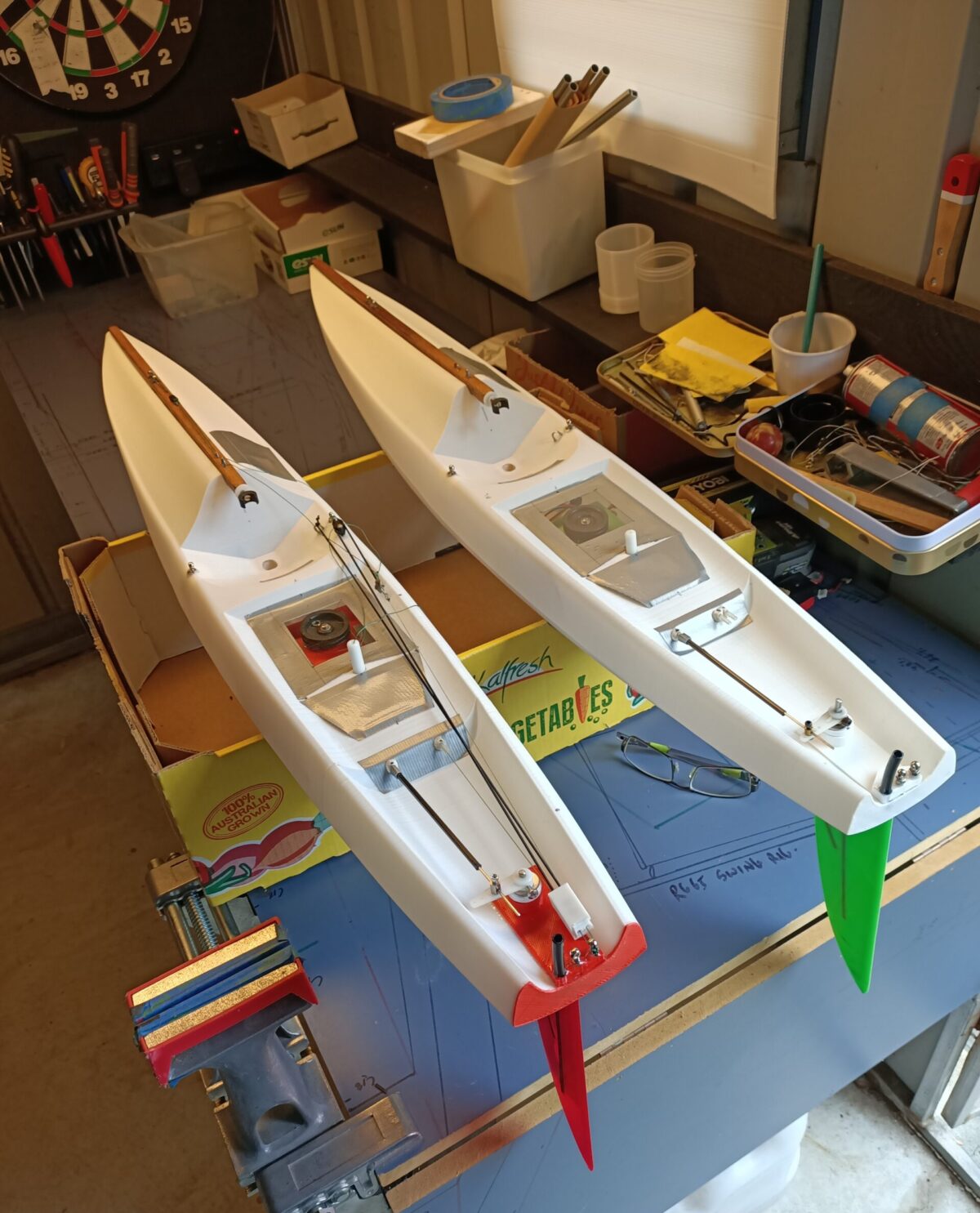—————————————————————————
Recommending 3D Printers
Question: Why don’t we recommend particular 3d printing machines?
Answer: It is like recommending cars, which one is really the best or most appropriate? The key is to do what I did at first. I borrowed a primitive one to learn the machine, then went looking for the best one I could afford with the biggest build capacity. I knew I was going to want to build some big things. Mr Goggle is very useful for all this. Youtube has dozens of reviews.
I recommend three things if pressed:
- Buy a big building capacity
- Don’t succumb to these supermarket specials just to get in. Save up and get a good quality one.
- Make sure you can use open market feed materials on the machine. Don’t get trapped having to use their special (meaning expensive) materials.
—————————————————————————–
The Essentials of Starting
Question: I have never done anything like this before. So, where do I start?
Answer: So what are the essentials?
- Learn how to use a CAD… or find someone who does and get them to teach you or work with you in the early stages while you come up to speed.
- Learn how to use a 3d printer… or find someone who can and get them to teach you or work with you in the early stages while you come up to speed.
So there it is. Two steps. It is definitely not as daunting as some would tell you.
Enjoy the journey.
——————————————————————————–
The Properties of the Materials.
Question: Bill was asked a question on RCsailing.net concerning the 3d printing thermoplastics.
Answer:
Claudio,
You are drawing me into a comparison of materials…but I think that is missing the point. Carbon is probably a better material than PLA, but by the time you carve and polish a plug, make a mold, layup and trim the hull, you could have produced several iterations of your design on the 3D printer. And I’m guessing that by the time my PLA weakens from age or UV rays, I’ll be ready to print another version anyway.
The great thing about printing hulls is not the material used, it’s the process…the flexibility it gives you to design and produce with very quick turnaround and very low cost. If you build a hull with conventional techniques, then decide to change the rocker a bit, you have to basically start the lengthy process all over…probably taking a month to get a new version of your hull. With 3D printing, you can do that in a matter of hours…not weeks.
3D printing also offers a much lower cost of entry into something like the Marblehead class. Many people can’t afford to buy a commercial M hull, and are afraid that, if they did, it would be obsolete in two years. 3D printing is a way to ensure that an M hull is affordable, and that a new version can be easily afforded when the time comes to change.
Selwyn and I aren’t trying to sell anything, or convert people who are comfortable making plugs and molds and laying up carbon fiber, or put commercial hull suppliers out of business. We are offering an alternative to those methods for those who are uncomfortable with the high effort of other methods and the high cost of commercial hulls.
It is the ability to quickly go from drawing board to prototype testing to finished version at very low cost that is revolutionary…it’s a designers dream come true.
As time goes on, Selwyn’s website will offer more how-to articles and more info about our experiences with the process and with our boats. I also plan to do an article on the design process I use working in FreeShip, as well as provide files that people can use to print my designs if they don’t want to learn to develop their own.
This is the start of our exploration into this exciting technology…not the end.
Bill
btw…You are asking for comparisons for an M hull, which we haven’t done as yet. You have built Footys, and Selwyn did give some examples of the Footy hull weights that you could use for comparison against what you have built. They certainly compare favorably to Footy hulls I have made…and are significantly lighter than ABS hulls that have been available.
We do brush thinned epoxy on our hulls to make them completely watertight…before you ask, that made my 38g Footy hull/deck go up to 40g.
Selwyn’s hulls have a very nice, tight finish…but if you want a perfect finish, PLA is easily sanded.
I just Googled about UV resistance…turns out PLA is highly resistant to UV radiation.
———————————————————————-
